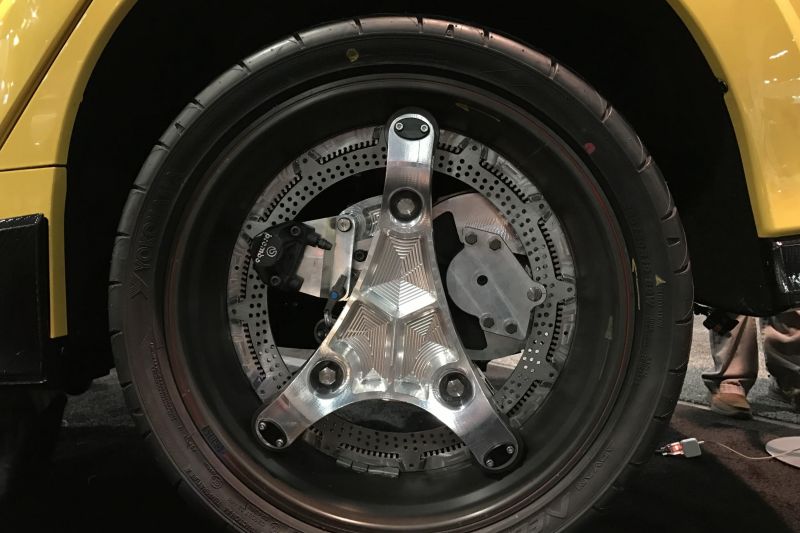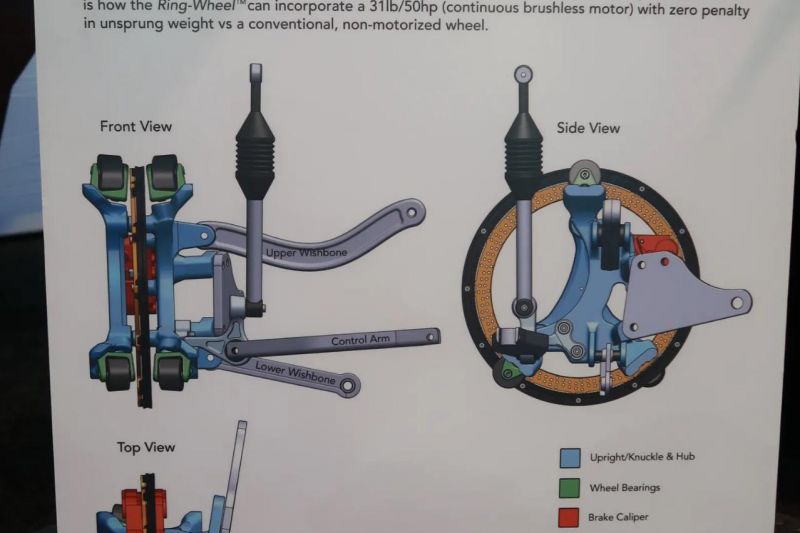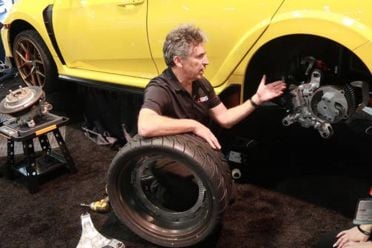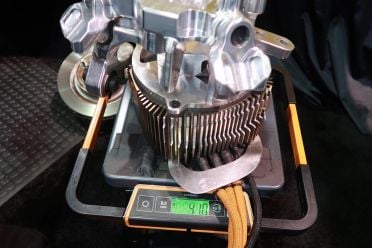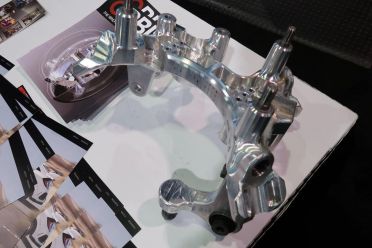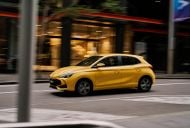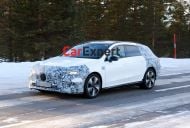SEMA is a wonderland for all things cars, with some of the most impressive and innovative tech for the automotive scene being shown off here it can be both overwhelming and exciting. Being that we are stuck in Australia for the foreseeable future we figured we might revisit some cool inventions we saw a couple of years back. One of the favourite products we spied was the ORBIS Ring-Wheel system.
It looks like there have since been a few revisions to the system and it is supposedly now available for up to 5,000 models of car.
For an in-depth look at how the system works we sat down and talked to Marcus Hays from ORBIS who ran us through how the system works, what is required to run it and blew our mind with the weight comparisons compared to the factory set up. Check it out below!
The Ring-Wheel system consists of your choice amount of independent DC Motors. These allow you to add up to 75 horsepower per wheel and direct drive. All this is achieved while also having no drive train loss, no transfer case, no differentials and no driveshafts! Not only that but it adds the advantage of improved braking performance, regenerative braking, battery charging (meaning improved fuel economy) and improved performance overall.
ORBIS’s test vehicle, a Honda Civic Type R, runs the 50 horsepower model while the vehicle on show at SEMA runs 75 horsepower motors, both achieving fantastic results as seen in the video. Rest assured for those who want that extra power, ORBIS also provides a 100 horsepower motor.
All of this was achieved with absolutely no modification to the car itself, essentially turning a front-wheel drive car into an all-wheel drive car with direct bolt ons.
The implications a system like this has for the motoring world is massive. Not only do you now have the ability to change the drive line set up of vehicles at essentially the ease and speed of changing a hub, you gain added performance from it too. Even in the non-motorsport world, these systems would be amazing and cost effective ways to change existing cars into EV cars and reduce their carbon footprint, after all, not everyone has a Tesla yet!
Interestingly enough, the overall weight of the system is actually comparable to standard by using billet machined components and lightweight design, as can be seen in the video.
For more information on the ring gear wheel, visit Orbis Driven.

